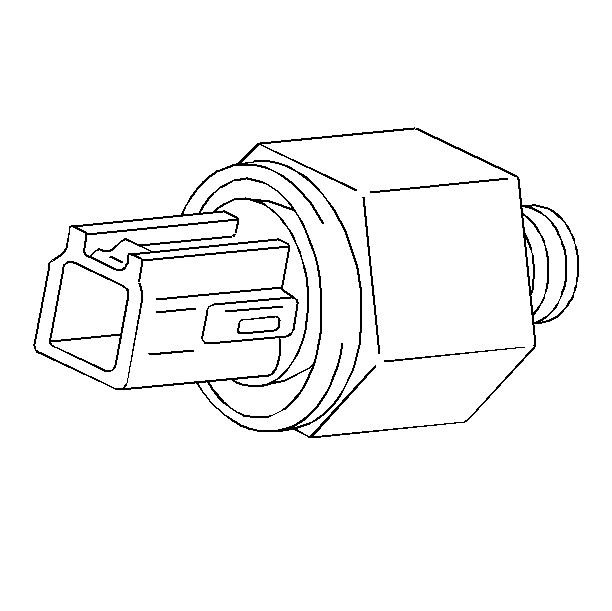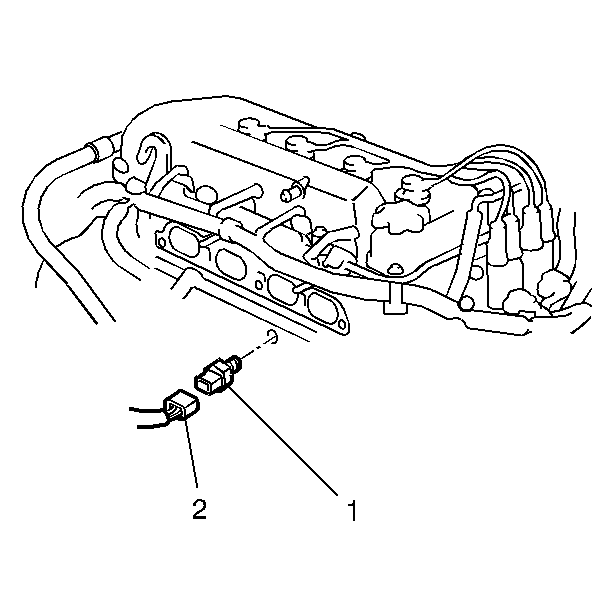
Ignition timing determines the relationship between the
time the spark plug is fired and the time that the piston reaches the end
of the piston's upward travel in the cylinder (TDC). If the spark plug
ignites the compressed air/fuel mixture too late, not all of the air/fuel
mixture has time to burn while the fuel is highly compressed. Late ignition
causes a decrease in fuel efficiency, decreased power, and increased exhaust
emissions. If the spark plug fires too soon, too much of the air/fuel mixture
starts burning before the piston reaches the top of the compression stroke.
Early ignition of the air/fuel mixture causes detonation, commonly referred
to as spark knock. Constant spark knock in the motor is undesirable. Excessive
spark knock can reduce engine performance. If severe enough, detonation
can cause engine damage.
Every engine has an optimum ignition timing value. Optimum ignition
timing is usually the earliest or most advanced firing of the spark plug that
is possible without causing detonation. An engine's optimum ignition timing
is designed to be the most advanced ignition timing possible during the
most demanding conditions. Optimum ignition timing is affected by all of
the following variables:
| • | Air density (atmospheric pressure) |
Ignition systems equipped with a knock sensor (KS) can be engineered
for optimum ignition timing. A knock sensor (KS) can enable the powertrain
control module (PCM) to adjust ignition timing in order to adapt to any
of the variables that affect optimal ignition timing. The KS detects when
the engine is experiencing detonation. The KS then signals the PCM to reduce
spark advance until detonation is no longer detected.
Operation

The Knock Sensor (KS)
system has two major components.
| • | The KS module part of the Powertrain Control Module (PCM). |
The KS detects abnormal vibration (detonation) in the engine. The KS
is located in the center of the engine block below the intake manifold. The
KS module receives the KS signal and communicates within the PCM. After
the correct calculations are made the PCM adjusts the ignition timing in
order to reduce detonation.
When the KS detects detonation, the KS module opens a circuit in the
PCM. In response the PCM retards the spark advance in order to reduce detonation.
The amount of timing retard that the PCM applies is based on engine speed
and the length of time that engine detonation is detected. Once the spark
timing is retarded, the KS module performs calculations in order to determine
whether more or less spark timing advance is required. Normally the ignition
timing advance is increased until zero retard (normal ignition timing)
is re-established. If detonation occurs again the whole cycle will repeat
itself. The alteration of ignition timing by the KS often occurs continuously
while the engine is running even though no detonation is heard by the vehicle's
operator.
Results of Faulty Knock Sensor (KS) Operation
Loss of the knock sensor (KS) signal or loss of ground at the KS module
causes the KS signal to the powertrain control module (PCM) to remain high.
A constantly high input to the PCM from the KS causes the PCM to control
the ignition timing as if no detonation were occurring. Failure of the
PCM to retard ignition timing when necessary could cause any of the following
concerns:
| • | Excessive engine detonation |
| • | Engine damage during heavy engine loads |
| • | Higher exhaust emissions |
A KS that falsely indicates detonation can cause the PCM to retard ignition
timing unnecessarily. Reduced spark advance can cause any of the following
conditions:
| • | Sluggish engine performance |
| • | Higher exhaust emissions |


